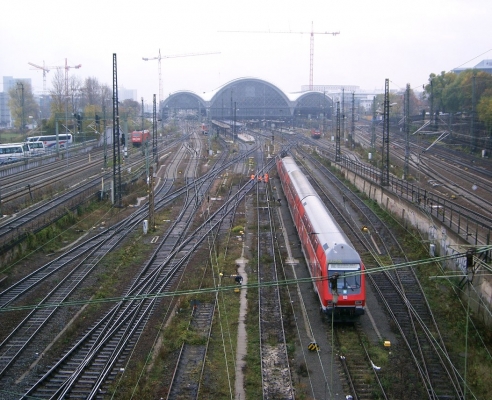The video begins at 12:44.
Abstract: Average Portland rainfall is nearly 37 inches a year. This rainfall usually runs off streets and other impervious surfaces such as roofs and into the sewer system, but this can cause two major problems. First, disposing of runoff in a storm sewer that drains to a river or stream sends dirt, metals, oil, pesticides, and other pollutants right into the water. Second, in neighborhoods with combined sewers, (that is, sewage systems that combine household sewage with the runoff waters from rain), after a heavy rainfall, the high volume of sewage sent to be treated can overwhelm the treatment center and lead to raw sewage discharges into the Willamette River. About 27% of the city is covered by buildings, streets, sidewalks, and other hard, or impervious, surfaces. Paved streets cover about 19% of Portland’s land area, but those streets account for nearly half of Portland’s impervious surfaces. Paved streets contribute 66% of the total annual stormwater runoff and 77% of the pollutants in the runoff. To address this problem, the City of Portland has begun investing in ways to treat stormwater runoff before it enters the sewer system. The city has built and is developing a number of “green street” projects that mimic what happens to rain when it falls on undeveloped areas. A green street uses landscaped curb extensions, lowered infiltration planters and basins, swales, trees,...
Read more

